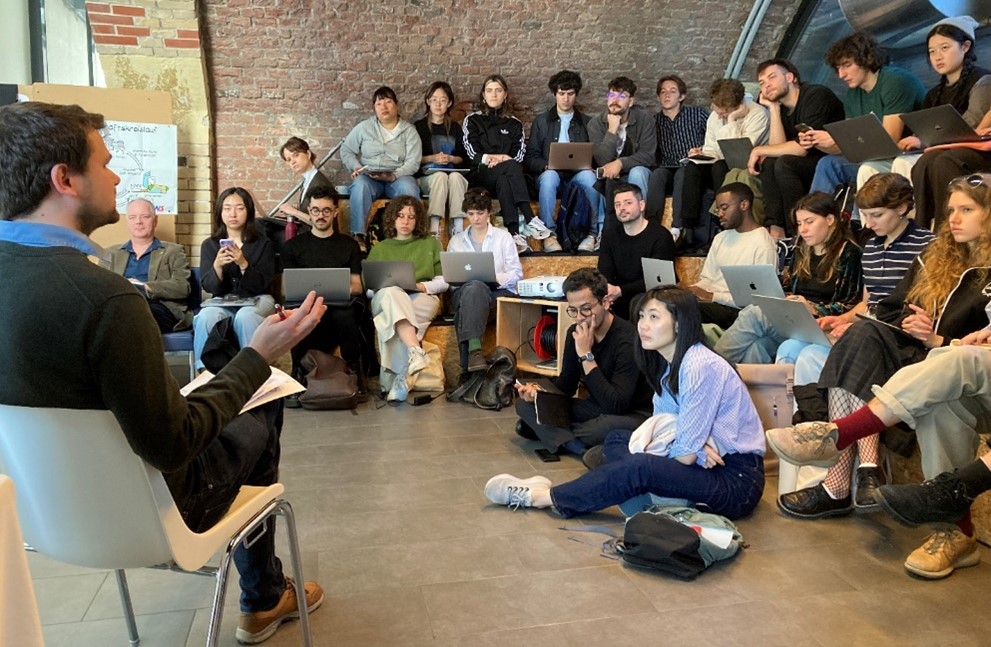Sustainable Mobility
Questions were raised concerning four stages of working with Urban Sustainability Indicators: Creation, Implementation & Assessment, Reflexive Monitoring and the Dissemination of Assessment Results. One early insight was that just as different dimensions of sustainability are linked, so are respective indicators, making a holistic view of indicators and their interrelations key – like considering the interaction between reducing car traffic and guaranteeing delivery access to shops.
Implementing and measuring indicators, then, requires creative thinking, with methods like mobile phone data or heatmaps, and may be aided by cooperations with universities and local research institutions. In the case of monitoring indicators, an iterative approach was recommended in order to adapt to temporal changes and new urban trends. The discussion was largely centered around mobility issues and thus, balancing local context measurements with national-level indicators was found to be key to effective reflexive monitoring. Grounded examples like talking to different user groups and people who use urban infrastructure, also came up to reflect on formulating indicators that are contextually applicable.
Finally, the dissemination of results should be uniform across all departments concerned with urban mobility. Beyond the departments, policy makers and communities should also be informed to support eco-friendly urban mobility initiatives. This largely happens through data sources like Wiener Linien and Aspern Mobilab, to give some examples. However, in general, an immediacy is to be applied to this process since the time lags between projects can be extensive.
Written by Luis Ullman & Ali Samoo






